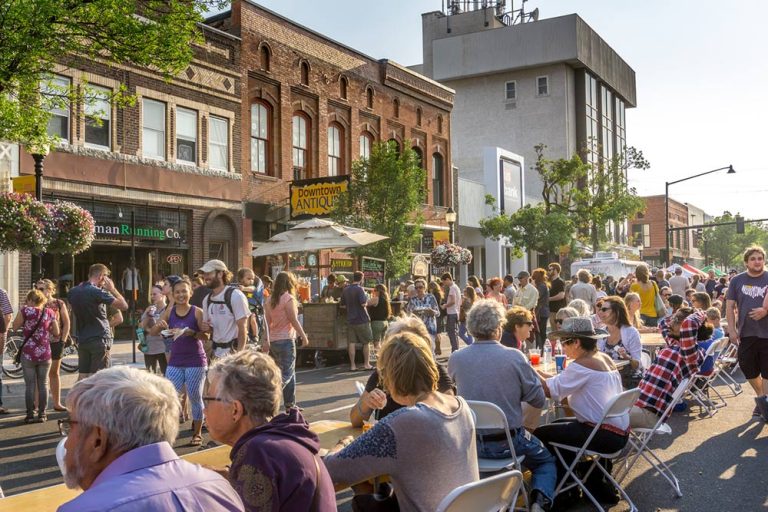How I Learned to Love Where I Live (And You Can Too)
In a new column for Livability, author Melody Warnick shares tips on how to build community and cultivate contentment — no matter where you live.

No matter how carefully you’ve combed through Livability.com to pinpoint your perfect place, no matter how much you’ve prepared and researched, the actual transition to a brand-new city sometimes leads you to discover the disheartening gap between what you wanted and what your new place actually is.
Relocating, even to your dream city, can trigger a cascade of monkey-mind thoughts like: I have no friends! I don’t know where anything is! I don’t like the weather/traffic/housing stock/human beings. Why am I here? When can I leave?
I’ve been there.
After moving in 2012 to Blacksburg, Virginia, a small college town that I heartily believed would be the Mayberry-like utopia of all my fantasies, I remembered that Mayberry was fictional. And while Blacksburg is undoubtedly a fantastic and special place, no town is perfect. For a while, the disappointment stemming from that fact was crippling. I would not be living my Oprah-approved best life here after all.
The Ultimate Guide to Finding Your Best Place to Live
Then I made an important discovery: my emotional well-being hinged on my having a sense of connection, community, and attachment to my town. Everything changed when I realized I could proactively create that feeling of rootedness and love-of-place for myself.
How? I did “Love Where You Live” experiments.
Almost every day for a year I did some small thing that was designed to make me feel more a little more in love with my town. Kind of like going on dates. With my city.
Some of my experiments were basic behavioral changes. Walking instead of driving. Buying lettuce at the farmers market instead of the chain supermarket. Saying hello to neighbors instead of pretending I didn’t see them at the mailbox. I tried a couple more complex exercises, as well, like installing “Walk Your City” signs around my downtown.
By making a concerted effort to practice place attachment behaviors, I discovered that loving where I lived was less about ending up in the perfect-for-me place (because where is that anyway?) and more about recognizing the goodness that was already right here, in the place I am now.
This kind of DIY approach to rootedness works. At least it did for me (and for a lot of people who read my book about it, “This Is Where You Belong“). By changing my actions, I changed my emotions about a whole town. My thought process has shifted from thinking, “How did I end up here?” to “I never want to leave!”
In six weeks, my husband and I will be moving into a Craftsman-style bungalow about a mile from where we live now. Building a house here is the culmination of that falling-in-love process, the marriage at the end of the romance novel. My family is planting a major chunk of our life savings in the soil of this town, because we’re committed. Because we love it here and we want to stay. (And because our kids would kill us if we moved again.)
Love Where You Live experiments are powerful creators of interpersonal and community change. To help inspire you to connect with where you live, I’ll be sharing one of these experiments every week here in a new column for Livability. Backed by research and personal experience, these prompts for community-building and place attachment can make the difference between feeling like you live in a place or your place.
You won’t do all of them, but if you do even some of them, I think you’ll end up happier.
So if you want to feel more connected and more content in your life where you are right now — whether you’ve been in your city five decades or five days — I hope you’ll follow along.
